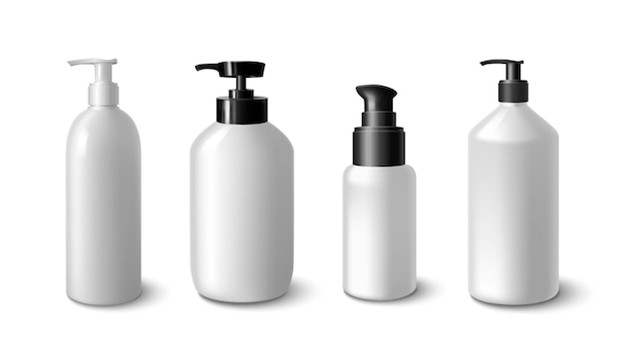coating the mouth with food that contains bpa, like soup, does not lead to higher than expected levels of bpa in blood, according to a new study authored by justin teeguarden of pacific northwest national laboratory.bpa, also known as bisphenol a, is a chemical used to make some plastics and to seal canned food containers against bacterial contamination. food, which picks up trace amounts of bpa from packaging, is the major source of human exposure.the study published in toxicology and applied pharmacology concludes that oral exposure does not create a risk for high exposures, according to the department of energy lab in richland.health concerns about bpa center on its potential to mimic certain hormones at really high exposures. but within the last month, the european food safety authority and the u.s. food and drug administration reaffirmed their earlier decisions that bpa is safe as used in food packaging materials.a 2013 study in dogs, however, focused attention on the possibility that their conclusions might be based on incorrect assumptions about how much bpa gets into the human body from food and beverages through tissue in the mouth. it relied on concentrated solutions of bpa placed under the tongues of sleeping beagles for an extended period."regulatory agency conclusions about the safety of bpa were questioned, with increasing frequency and intensity, after publication of the dog study," teeguarden said.because the dog study challenged conclusions regarding bpa exposure in humans, teeguarden and his colleagues, including at the fda, set out to determine if absorption of bpa from tissues of the mouth increased bpa blood levels in humans. other studies have looked at the results of digesting food containing bpa."our goal was to mimic normal eating behavior, assuring that the results of the study would apply to humans eating and drinking," said teeguarden. "this was something that was not possible in the dog study."ten male volunteers ate warmed tomato soup in which researchers had placed a traceable form of bpa. they took multiple blood and urine samples over a 24hour period.the team found that coating the mouth in this way did not lead to higher levels of the active form of bpa in blood. as in all human studies to date, the body inactivated 998 out of every 1000 bpa molecules by the time bpa entered the bloodstream."just as important, we confirmed that there is no merit to hypotheses that bpa accumulates in humans. the entire dose of bpa was eliminated in urine within 24 hours, with no evidence of accumulation," teeguarden said.the study is the second from pnnl looking at bpa absorption and metabolism in humans ingesting bpa. it was funded by the american chemistry council. an earlier study was funded by the environmental protection agency under the science to achieve results program."the study design is novel, the measurements are comprehensive, and the results are conclusive regarding the issue of oral absorption,&rdquo teeguarden said."this latest study contributes new measurements in humans that confirm and extend the body of animal and human data and analyses establishing that bpa levels in human blood are even lower than those considered safe by regulatory agencies," he added.overall, the work affirms the positions of regulatory agencies and conclusions made by the european food safety authority, the fda, the world health organization, and others about the extent and nature of bpa exposure, absorption and metabolism, he said. 







